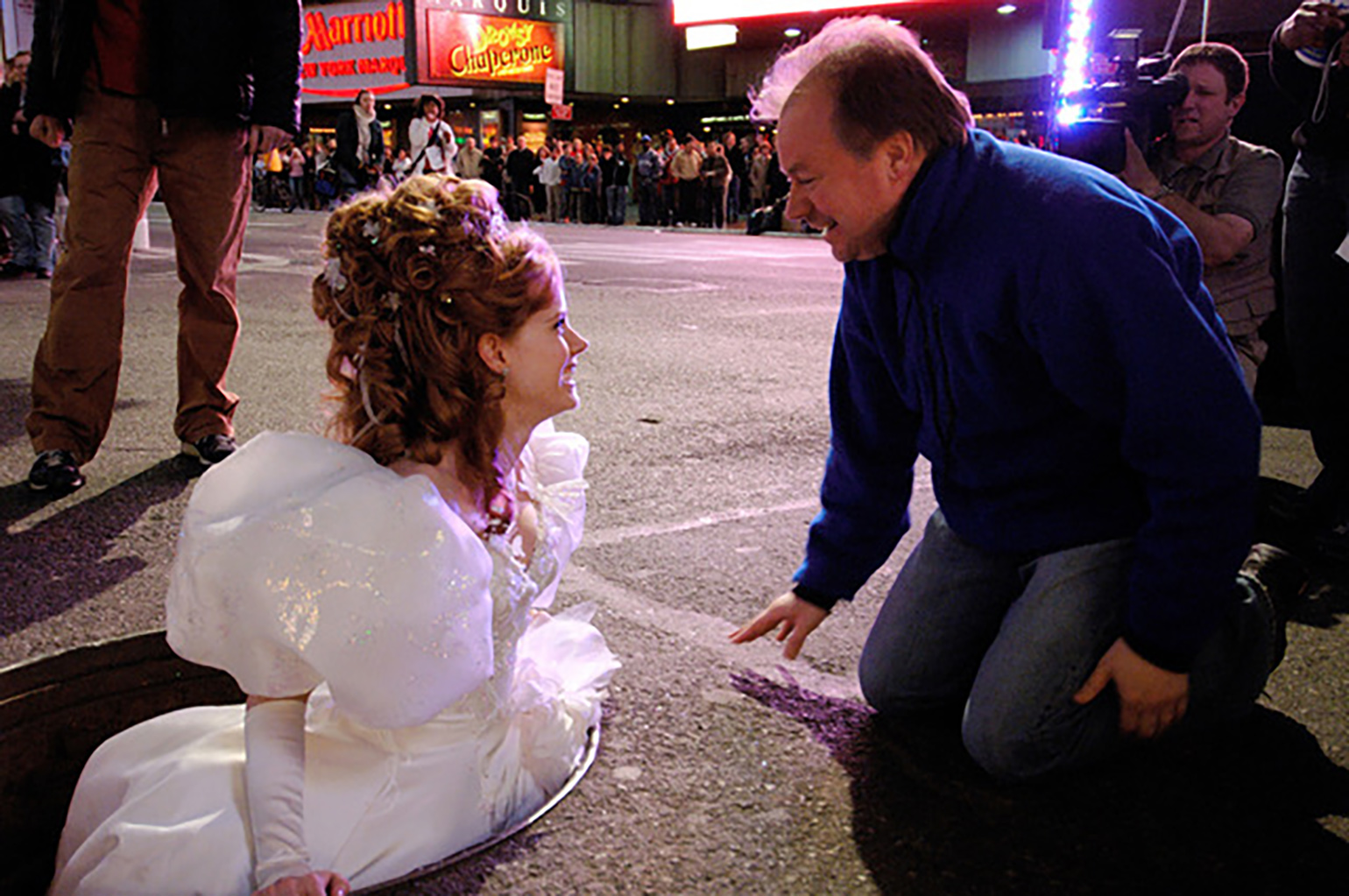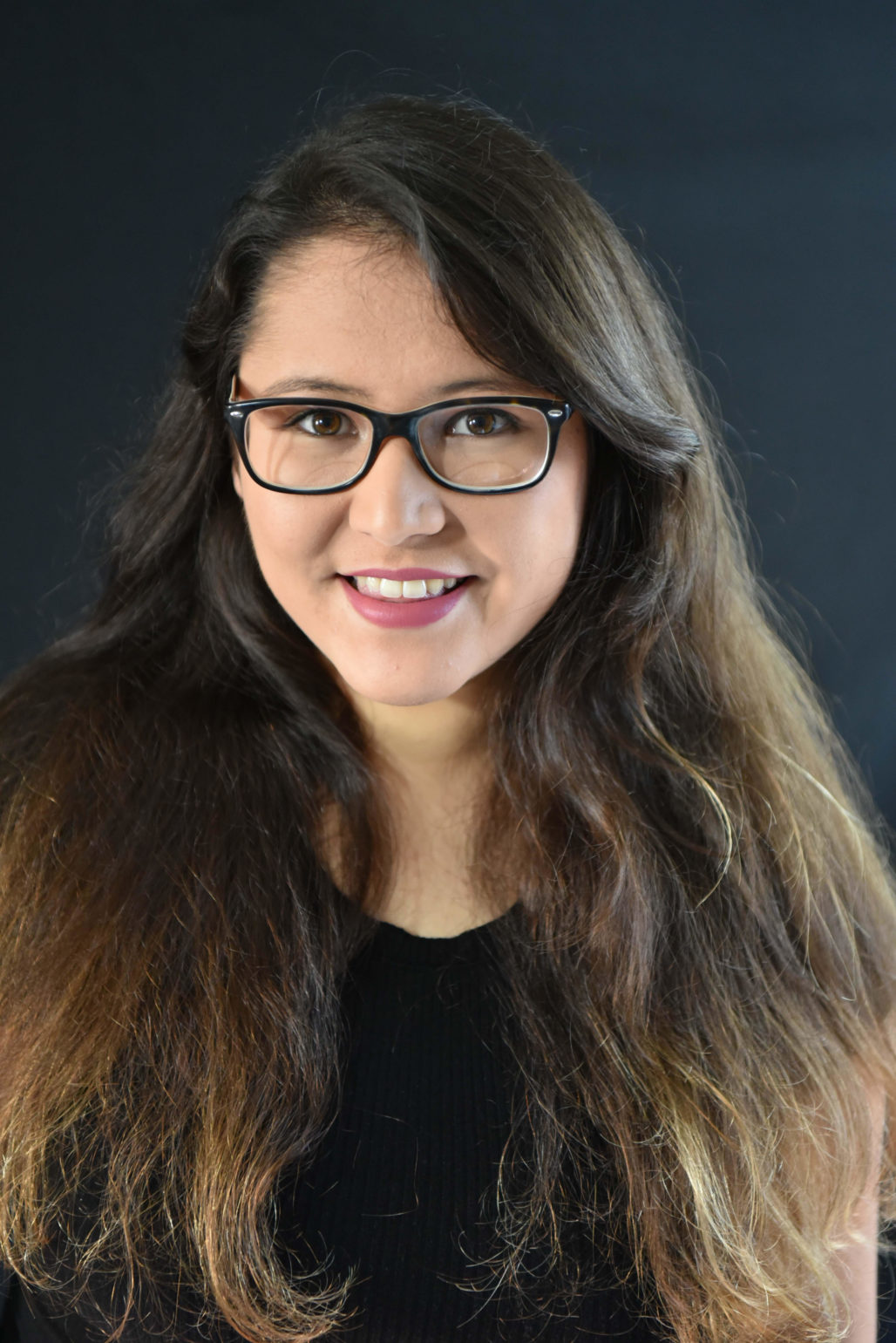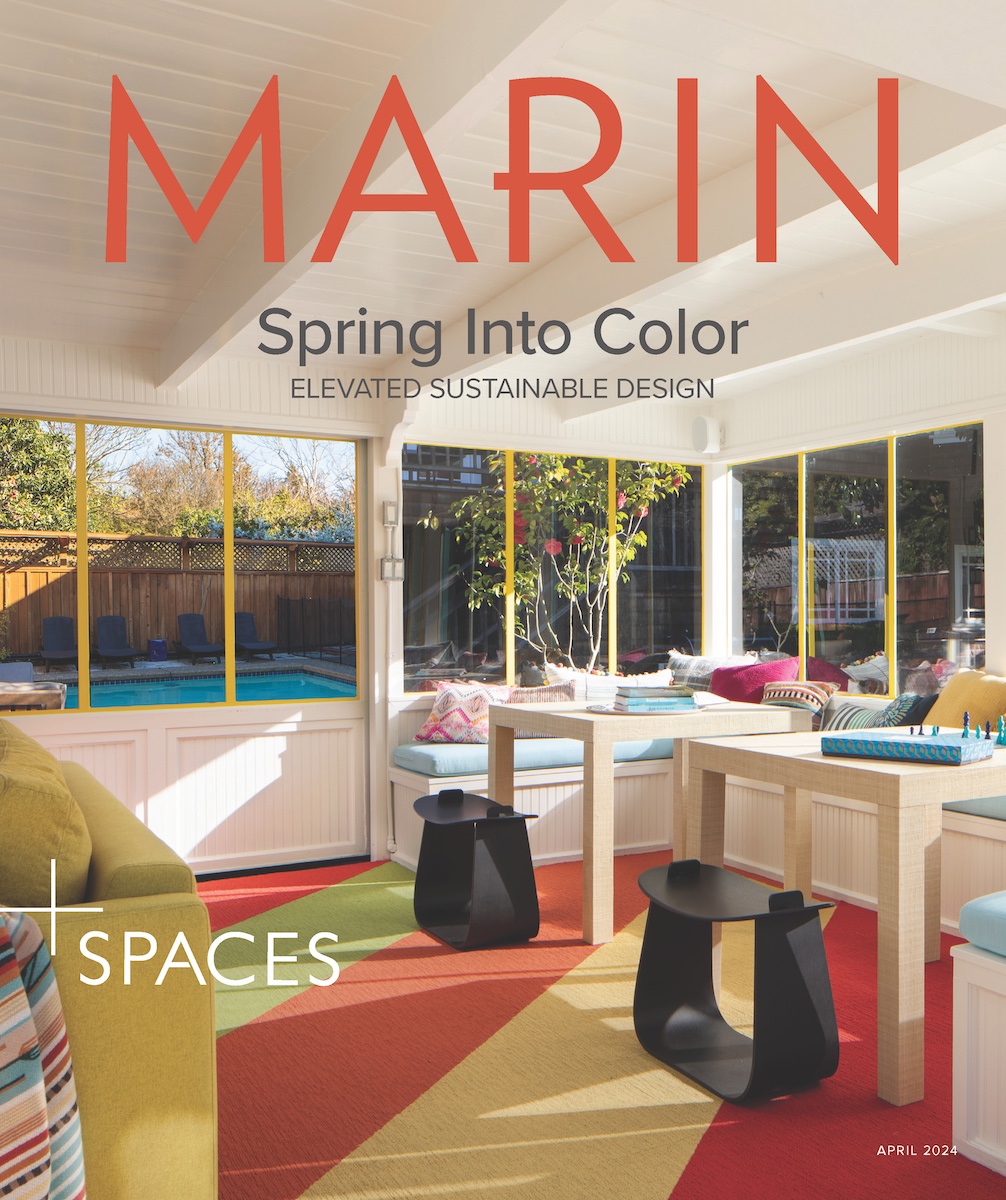After watching Disney’s animated feature, The Jungle Book, a five year old Kevin Lima told his mom, “I’m going to make movies like that.” And he did. He has worked on Disney’s Oliver and Company, created the storyboard for Aladdin and made his directorial debut with 102 Dalmatians — followed shortly with the movie Eloise At The Plaza as well as Tarzan, A Goofy Movie and Enchanted. He has also designed characters for Disney’s The Little Mermaid and Beauty and the Beast. His favorite project? “That’s a hard one, that’s like asking me to pick a favorite child. I like my movies for different reasons.”
Here’s more from Lima.
How has art helped you express yourself?

My experience working on A Goofy Movie and other projects provided an outlet for some soul-searching of my own — I have a tendency to use my life experiences in the work that I do. Specifically, you can see it in A Goofy Movie and Tarzan because they deal very heavily with father-son relationships. My dad left when I was twelve and I didn’t see him for twenty-five years. In a way, I worked out who I was and tried to come to terms with what had happened by making these movies.
How have those experiences expressed through your films impacted audiences?
You realize what you went through is not unique. Many people have gone through different experiences in life and some of them overlap. Often I get people who write to me that said you can’t believe how this helped me.
Any other personal favorites?
Creating a love letter to Disney Animation something I’ve loved all my life. I had the absolute time of my life over the seven days we shot (Enchanted’s) ‘That’s How You Know’ the big song in the middle of Central Park. I love musicals so to be able to do a giant musical number in the middle of that park, I came to work just thrilled every single solitary day.
Any new projects in the works?
Oh, there’s always things in store. I’ve got quite a few projects that are in development, most of them are musicals. In fact, I try to make every movie a musical at one point and people have to say stop. I just wrote a spec (speculative) script about growing up as a kid in a difficult situation and how creativity can help someone gain control in a world that feels out of control. It’s about my childhood years of using puppetry to gain a sense of self and world.
How do you feel about The Goofy Movie’s current cult status?
Of all the films I’ve directed, this one has struck a deep chord with its audience. I think it has to do with many things. One, in compassion to most of the Disney animated films, it’s a contemporary story told by contemporary characters. Yes, they’re dog-headed humans, but they live in a world that is very similar to our own. They go to school, they have jobs, they get sent to the principal’s office. Two, the story diverges from two distinct points of view, so generations of audiences can enjoy it together. A parent can see themselves in the story and a kid can enjoy it from theirs. Three, while most Disney animated films at the time were embracing the Broadway musical, the music in A Goofy Movie was the music that the audience was listening to on the radio at the time. (Writer’s note: Recently, the tv seriesAtlanta — directed by multihyphenate Donald Glover — featured an episode about A Goofy Movie, in the style of a fake documentary claiming it was the “Blackest movie ever made.”)

You did a lot of work on the Brave Little Toaster, and the anthropomorphism brought legions of people to tears. What were your influences here?
True, I did wear many different hats on The Brave Little Toaster, character designer, animator, clean-up artist, but the real inspiration came from our director, Jerry Rees. First and foremost, he wanted the objects, a blanket, a vacuum cleaner, a radio, a lamp and a toaster, to be “human.” The only way these animated features work is if the audience can invest in the emotional journeys the characters go on. We see ourselves in them and thus they are real to us.
Can you give us an insight into the audition process and role selection? How much does the actor influence the animated character?
Being a visual artist first, I always create a mental picture of the character as I read or write a script. That picture lives in my mind as I investigate who might play that character. In an animated film, we start by imagining a vocal performance that marries with drawings we’ve created. Often, an actor auditions that totally surprises us and we redesign the character to match the new take. Minnie Driver as Jane (in Tarzan) happened this way. In live-action, it’s a bit of a different process. I have a mental picture, but I’m really looking for the embodiment of the character, the physical and the aural exist in real time and space. I remember knowing from the very first moments of Amy Adams’s audition that she was Giselle and no other would do.

Kate DeLong is a Marin resident and recent graduated of Rider University with a B.A in Acting and a minor in English writing.


